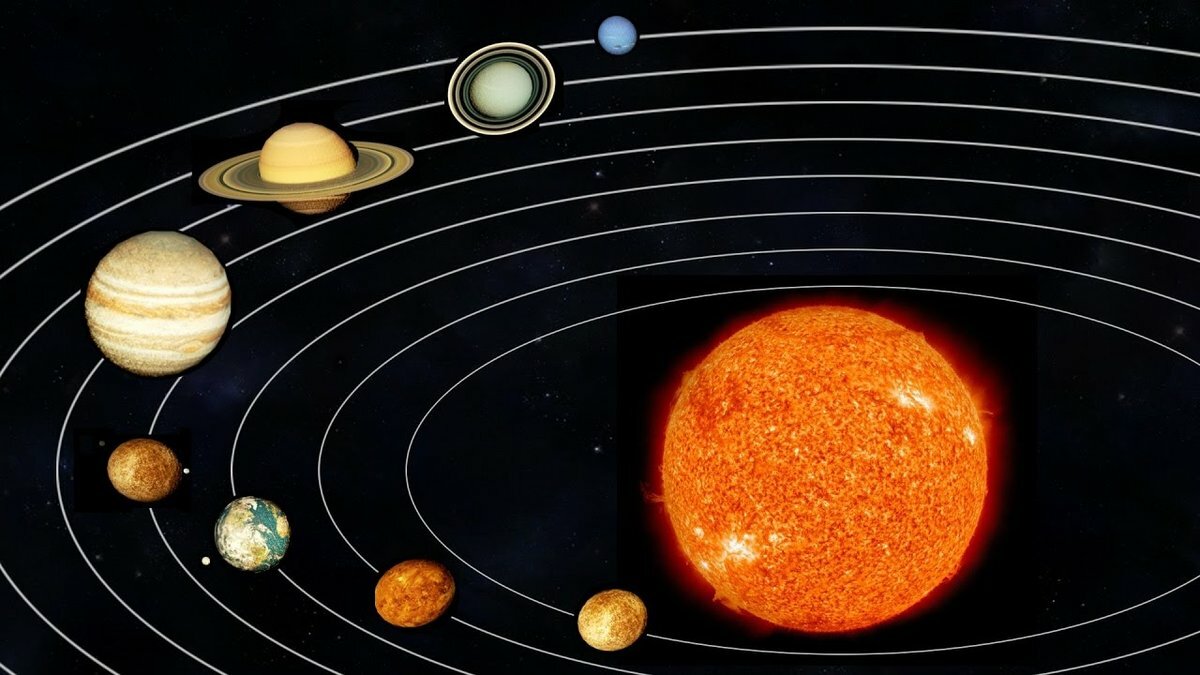Planet Earth is the sun’s third Planet and the world’s largest Planet. This is surprisingly the densest (5,513 kg / m3) of the vast number of planets, though it is only the fifth-biggest planet as far as size and mass. Earth is the only planet and is not named after a mythical being in the near planetary system. Instead, its name is gotten from the Old English word “ertha” and the Anglo-Saxon word “erda” which means ground or soil.
Realizing that Planet Earth is a rock, and rock had recently been “fairly” developed in the 17th century, this realization came about through the combined powers of ancient thinkers, mathematicians, and astronomers.
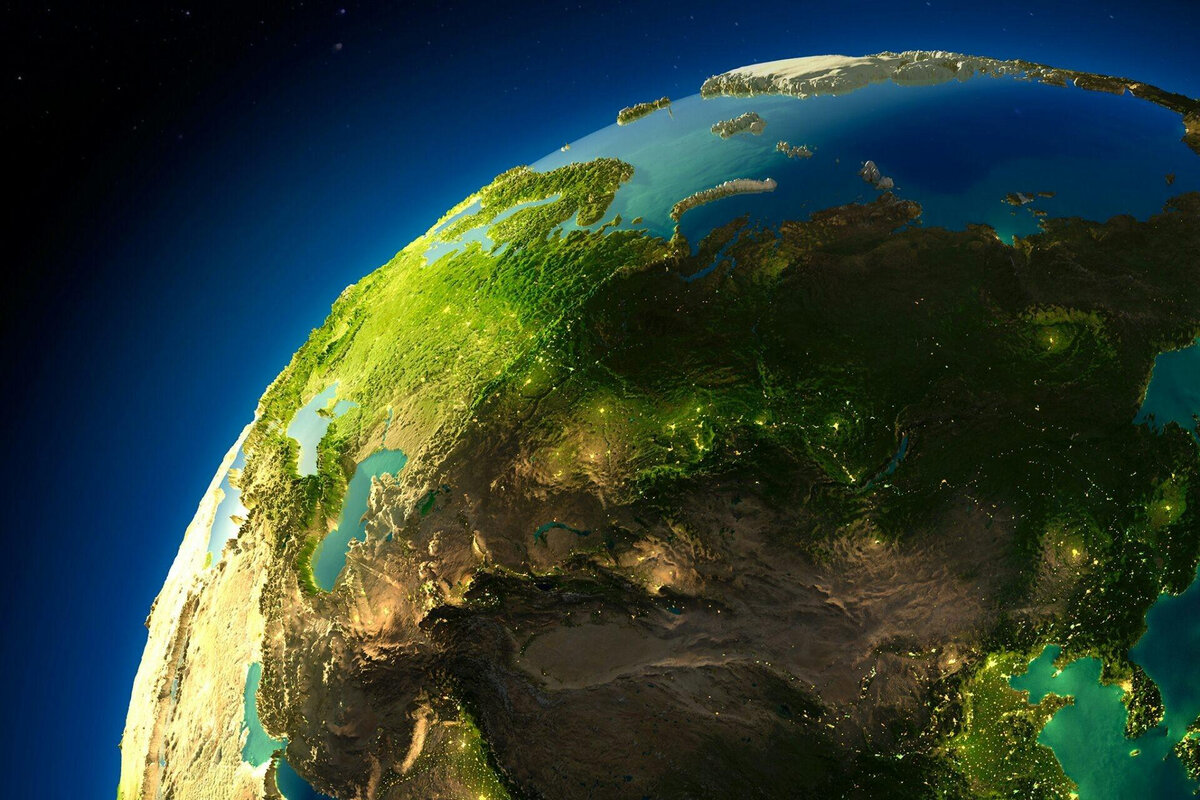
The Earth was once confirmed to be the focal point of our universe. Due to the evident developments of the sun and planets corresponding to their perspective, old researchers demanded that the Planet Earth stay static, while other heavenly bodies went in roundabout circles around it.
In the long run, the view that the sun was at the focal point of the universe was proposed by Copernicus; however, this is additionally not the situation.
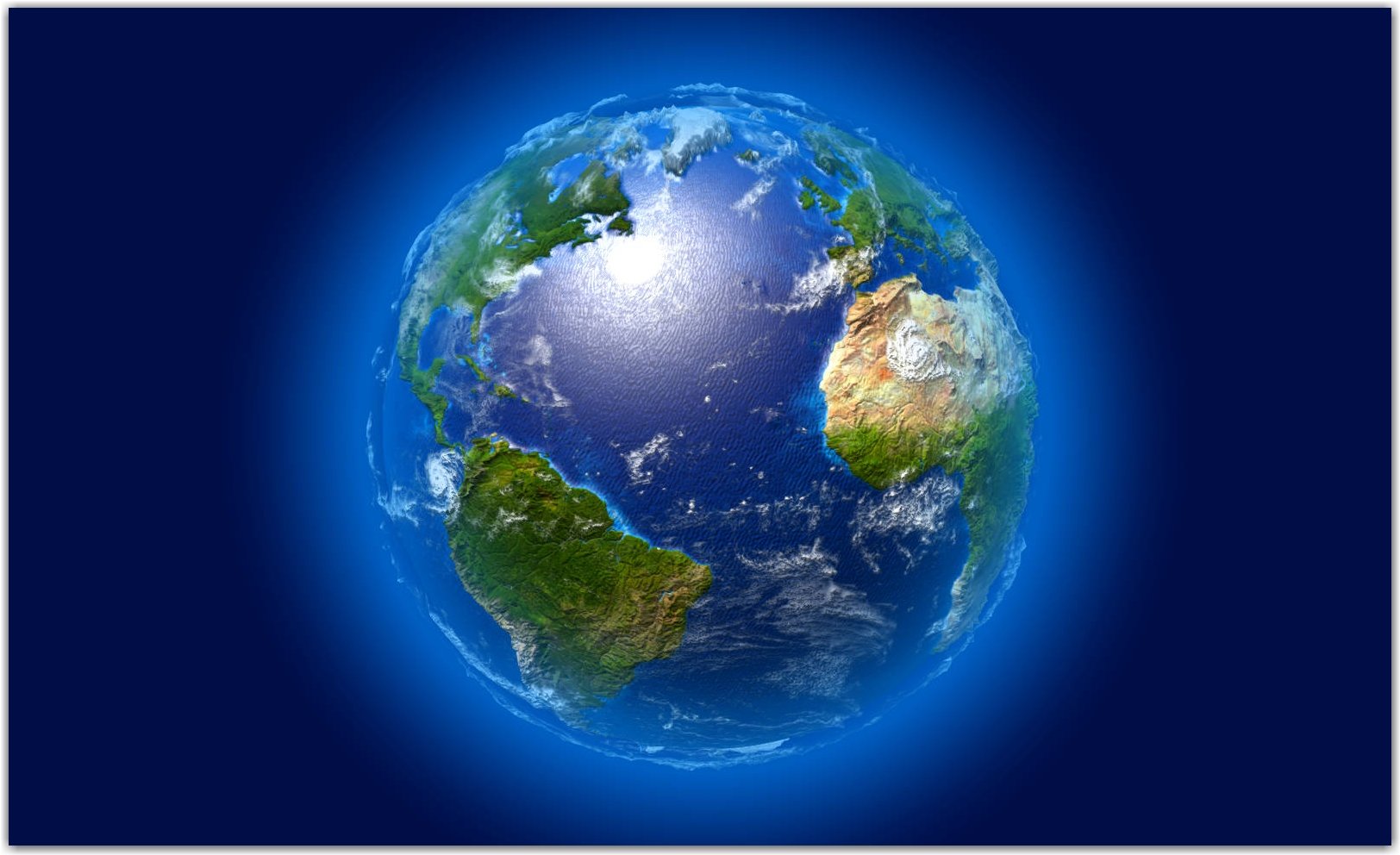
Earth is the only planet not named after a god or goddess in mythology. The other seven planets in the solar system were named after gods or goddesses of Roman origin. Mercury, Venus, Mars, Jupiter, and Saturn were named after the five visible to the naked eye during ancient times.
The Roman approach was also used after Uranus and Neptune were discovered. The word “Earth” originates from the Old English word “ertha” meaning ground or land.

Rotation on Planet Earth is decreasing slowly. This deceleration happens almost imperceptibly, at around 17 milliseconds every hundred years, although the pace at it happens is not perfectly uniform. It has the benefit of prolonging our days, but it happens so slowly that it may be as much as 140 million years before the duration of a day is extended to 25 hours.
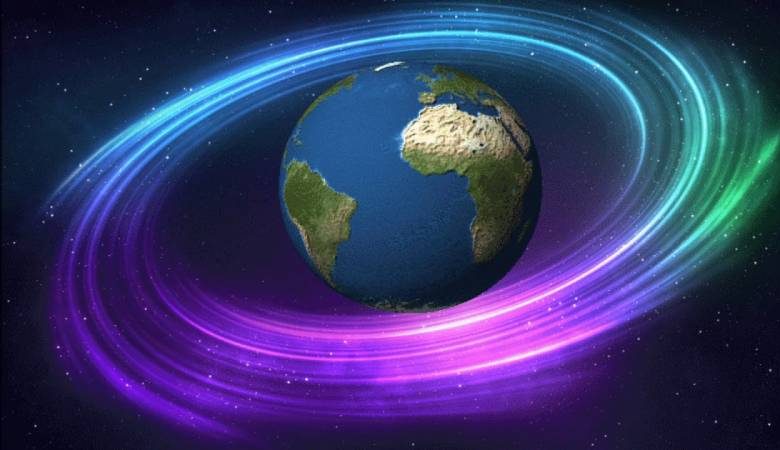
Earth is the only planet believed to sustain life in our solar system. This is because there are two very important things living beings need to live, which are lots of oxygen and tons of water. Planet Earth’s distance from the sun means it’s not too hot and not too cold for creatures to live on, too.
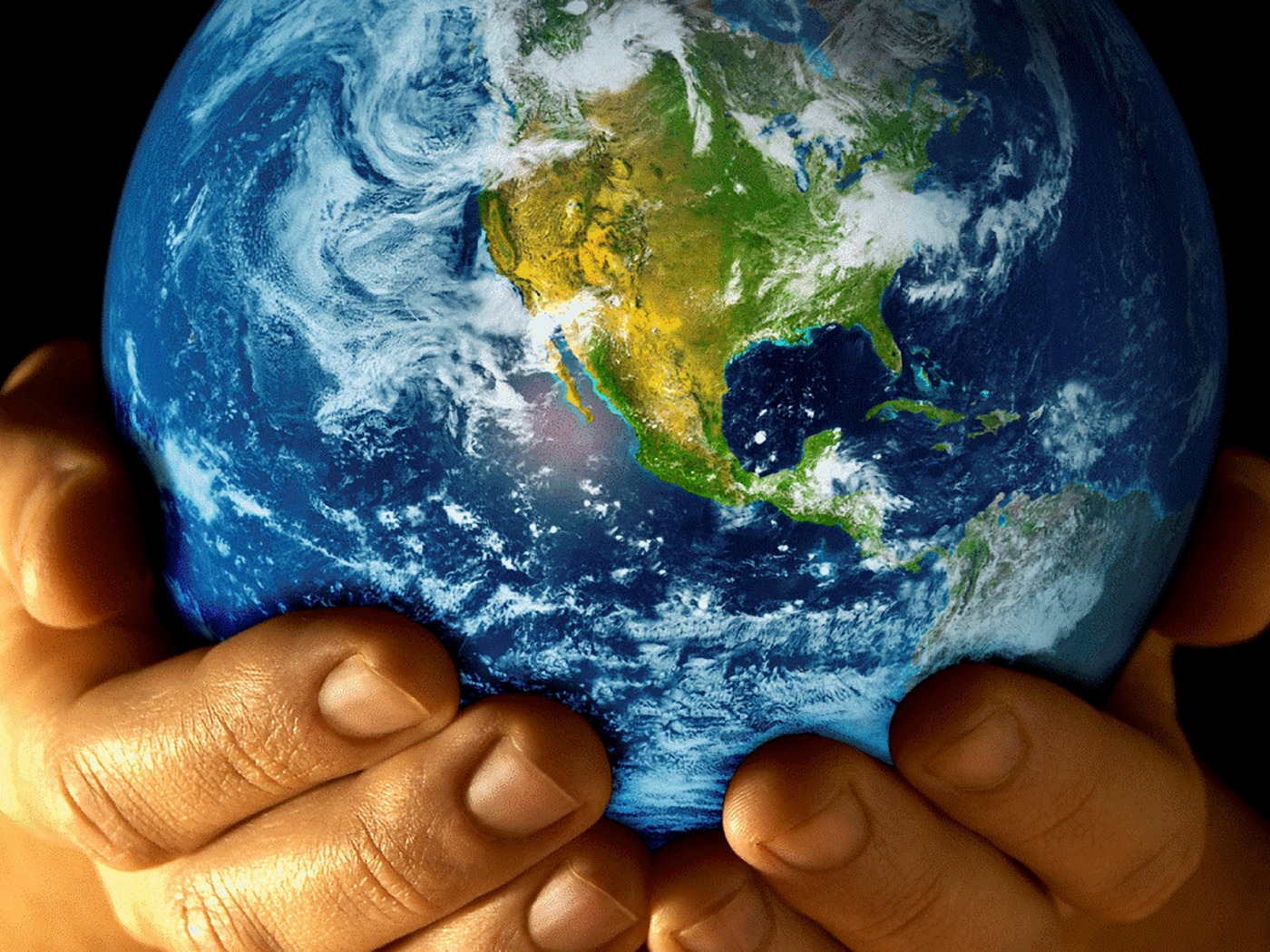
Water occupies nearly 71 percent of Earth’s surface, much of which is in the oceans. Around a quarter of the Earth’s atmosphere consists of plant-generated oxygen. Although scientists have been observing our world for centuries, much has been discovered from observing pictures of the Planet Earth from space in recent decades.

Earth is the main planet in the Solar System with plate tectonics. Fundamentally, the external outside layer of Planet Earth is separated into areas known as structural plates. These are coasting on the head of the magma inside of the Earth and can move against each other. At the point when two plates impact, one plate will subduct (go underneath another), and where they pull separated, they will permit new covering to shape.
